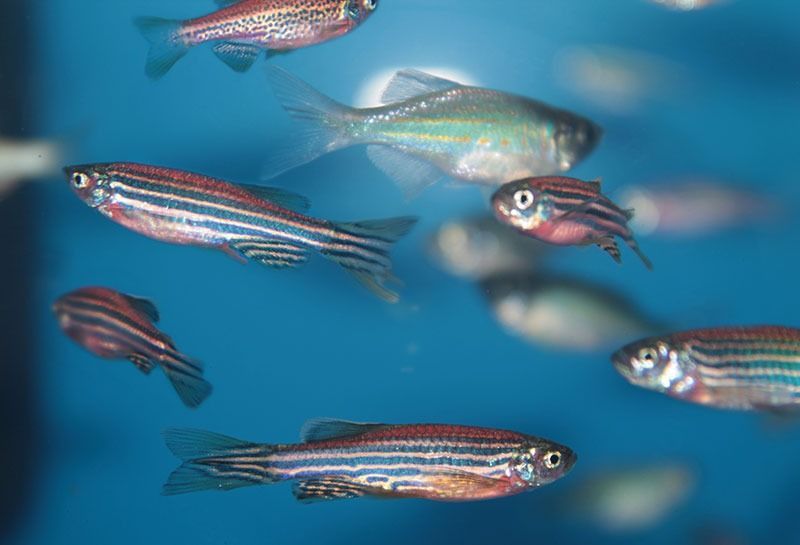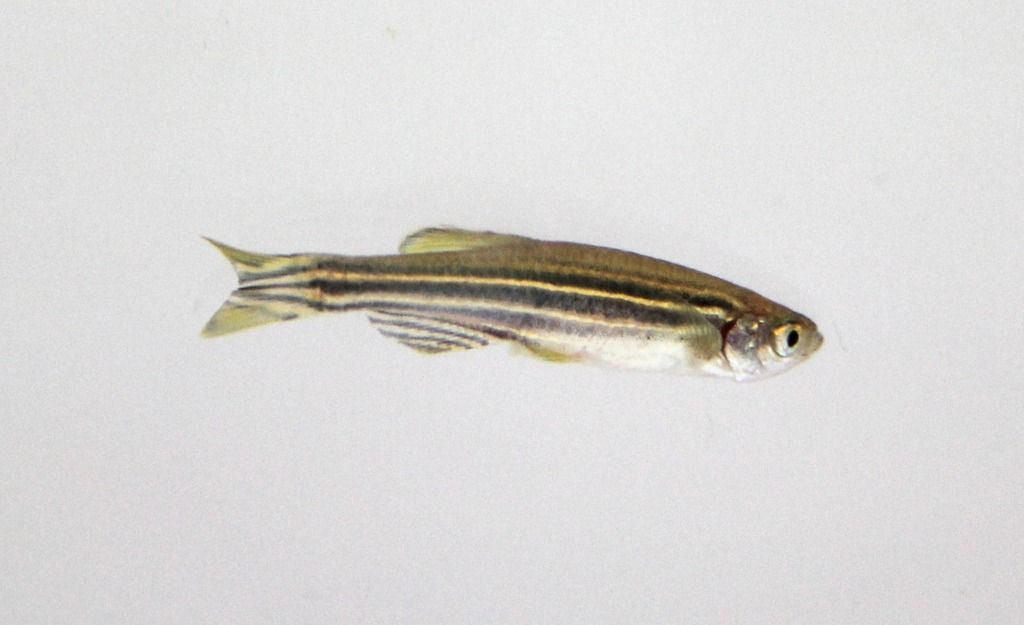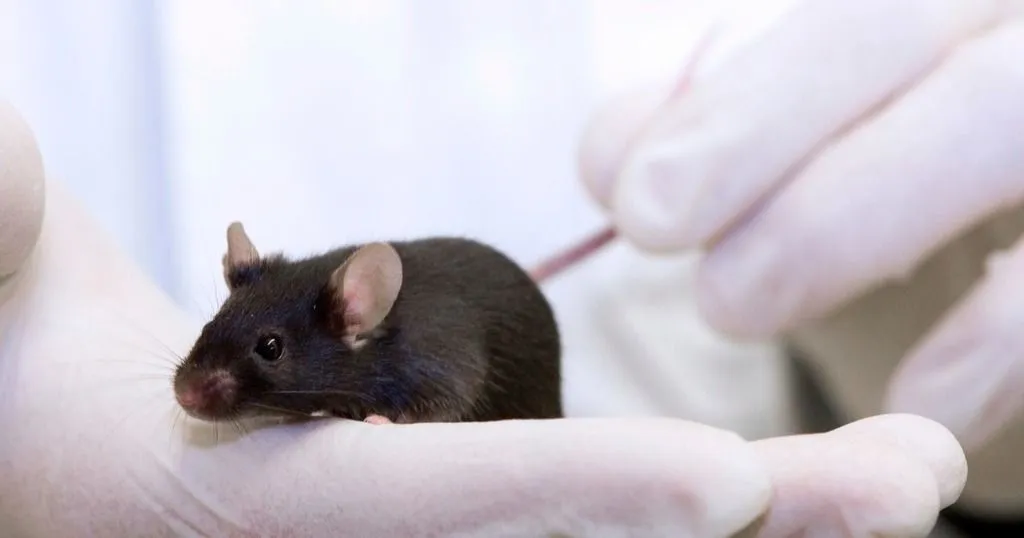Zebrafish attracted to superfish: video tracking sex differences in shoaling
Are images enough to evoke a shoaling response in zebrafish? Do males and females respond differently to shoals or the opposite sex? A recent study finds out.
Posted by
Published on
Tue 18 Jan. 2022
Topics
| Shoaling Behavior | Social Behavior Research | Social Communication | Video Tracking | Zebrafish |
Social behavior is disrupted in a number of psychiatric disorders and disabilities. In an attempt to develop therapies and treatments, we need to find out more about the biological underpinnings of these behaviors and how they are disrupted.
Social genes
We know that rats, mice, and even zebrafish are genetically similar to us in many ways. I wrote about a mouse model for macrencephaly/autism last week, a study that showing promising results for late intervention therapies.
This week, we will focus on zebrafish – like rats and mice, very social animals. They show clear social preferences, shoaling attraction, and even copy each other’s motions.
How animals communicate
Let’s take a look at social cues. We know that chemical communication is important for zebrafish. Females produce pheromones and males are attracted to them.
Visual communication is another very important aspect, and one that is easily manipulated in a variety of ways. Researchers have done so in many studies.

Animated social stimuli
Almost ten years ago I wrote about social aspects of zebrafish behavior. Here I highlighted the work of Saverino and Gerlai from 2008, an interesting study using a video screen to project computer animated images of zebrafish, investigating the influence of color, size, and patterning of the fellow zebrafish on social interaction.
Still images of conspecifics
Recently, Dr. Lenzi and his colleagues show that you do not necessarily need a computer animation to trigger social behavior. In their study, non-moving 2D images of conspecifics were enough to induce shoaling attraction in zebrafish, and even differentiate the behavioral responses in male and female subjects.

Superfish
The aim of Dr. Lenzi’s study was to see how both male and female adult zebrafish would respond to superstimuli – photoshopped images of male and female stimuli fish with exaggerated features. They wanted to see if this would be enough to evoke a response and validate the existence of sex-dependent discrepancies regarding shoaling preferences.
The superstimuli fish were created from pictures of a normal male and female zebrafish. With the magic of graphics, they enlarged the abdomen of the female to signify an egg-bound condition. The super male got an enlarged caudal fin as the researchers hypothesized this would make them more attractive to the females.
In addition to the normal size superfish (4 cm), smaller superfish of 2.5 cm were created. All images were fixed to the testing arena, one at each end in different combinations per trial.
T-maze video tracking
The testing arena was adapted from a multifunctional cross maze into a T maze. The top area was closed off by a panel and conveniently used to put an aerator to maintain a constant oxygen concentration.
Testing protocol
During testing, the subject male or female zebrafish was placed at the starting point; the bottom of the T. After a bit of habituation, it got the chance to explore the maze for four minutes, and researchers used EthoVision XT video tracking to monitor interest (time spent) in either arm displaying the superfish in the following manner:
- Trial 1: Big female vs 3 big females
- Trial 2: Big female vs small female
- Trial 3: Big female vs small male
- Trial 4: Big female vs big male
- Trial 5: Big male vs small male
Preference to shoal
When given the choice between one or more superfemales… well, that was not much of a choice. All fish spend more time with the picture of three, which makes sense because zebrafish generally prefer to shoal with larger groups.
Interestingly, size did not seem to matter that much to them. In both the second and third tests, there were no significant differences found. In the fourth test, females wanted to side with their own, as they preferred the female over the male stimulus. Males did not show a preference.
In the last test, females preferred a the big supermale over the smaller supermale, but males did not show a preference.

Sex differences
Generally speaking this study shows that males were less selective in their shoaling preference than females. But I think the most interesting part about this study is that these non-moving 2D images of stimuli fish were enough to induce shoaling attraction and discriminate certain preferences.
This provides a nice fundament for future studies, because this methodology is relatively easy and endlessly adjustable way to test social preferences and behavior in adult zebrafish.
References
- Lenzi, C.; Ciobîcă, A.; Nicoară, M.; Plăvan, G.I.; Curpan, A.S.; Timofte, D.; Strungaru, S.A. (2020). Shoaling preference and social partner selection – behavioral, metabolic and psychiatric relevance in a zebrafish (Danio rerio) study. Bulletin of Integrative Psychiatry, doi: 10.36219/bpi.2020.4.06.
- Saverino, C.; Gerlai, R. (2008). The social zebrafish: Behavioral responses to conspecific, heterospecific, and computer animated fish. Behavioural Brain Research, 191(1), 77-87.
Related Posts

How an internal clock gene can alter innate behaviors in mice

Measuring social behavior in mice: the power of EthoVision XT 18

